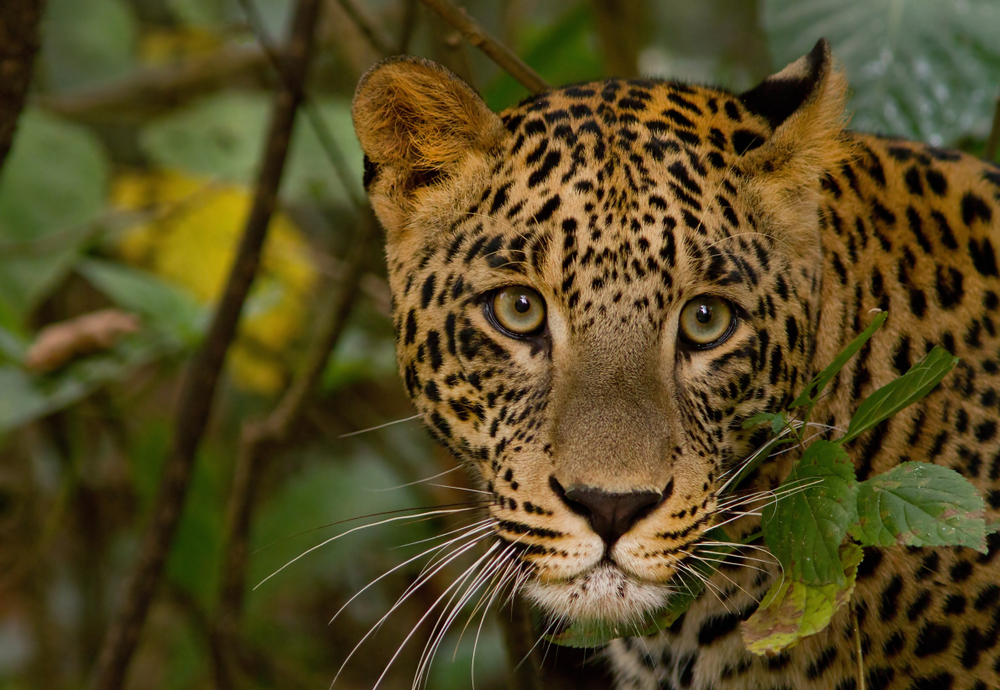Rajaji Overview
Rajaji National Park, also known as Rajaji Tiger Reserve, is a stunning wildlife sanctuary located in the northern Indian state of Uttarakhand. Spread across 820 square kilometers (approximately 316 square miles), this vast expanse of wilderness encompasses the Shivalik mountain range and the foothills of the Himalayas. Situated near the cities of Haridwar, Rishikesh, and Dehradun, Rajaji National Park derives its name from C. Rajagopalachari, a prominent Indian freedom fighter and the first Governor-General of independent India. This park serves as a vital ecological corridor connecting Jim Corbett National Park and the forests of Himachal Pradesh, making it a significant area for conservation.
The terrain of Rajaji National Park is a diverse mix of dense forests, grasslands, riverine areas, and rugged hills. The landscape is marked by scenic valleys, rivers such as the Ganges and Song, and a variety of vegetation types, including sal forests, broad-leaved mixed forests, and open grasslands. The park is part of the Terai-Duar savanna and grasslands ecoregion, providing a rich habitat for a wide range of flora and fauna. The undulating hills and vibrant greenery create a picturesque setting, while the presence of landmarks like the Motichur and Chilla ranges adds to the park’s geographical appeal.
Rajaji National Park is renowned for its rich biodiversity and serves as a haven for wildlife enthusiasts. It is home to over 50 species of mammals and more than 300 bird species. The park is especially known for its population of Asian elephants, making it one of the most important elephant reserves in India. Tigers, leopards, sloth bears, and striped hyenas are some of the other prominent predators inhabiting the park. Herbivores like spotted deer, sambar, and nilgai also thrive in the grasslands and forested areas. Birdwatchers can spot species such as great hornbills, peafowls, kingfishers, and various migratory birds during the winter months.
Visitors to Rajaji National Park often enjoy jeep safaris that take them deep into the forest to observe wildlife in their natural habitats. The Chilla and Motichur zones are particularly popular for safaris and offer opportunities to spot elephants and other large mammals. The park also attracts trekkers and nature lovers who explore its trails, marveling at its scenic beauty and vibrant biodiversity. The serene environment near the banks of the Ganges adds a spiritual dimension to the park experience, with nearby towns like Rishikesh and Haridwar further enhancing its appeal.
Conservation efforts at Rajaji National Park have focused on protecting its elephant corridors and reducing human-wildlife conflict. Successful initiatives include habitat restoration and anti-poaching measures, which have contributed to the revival of species like tigers in the area. However, challenges such as encroachment, deforestation, and the pressures of increasing tourism continue to pose threats to the park’s ecological balance.










































































